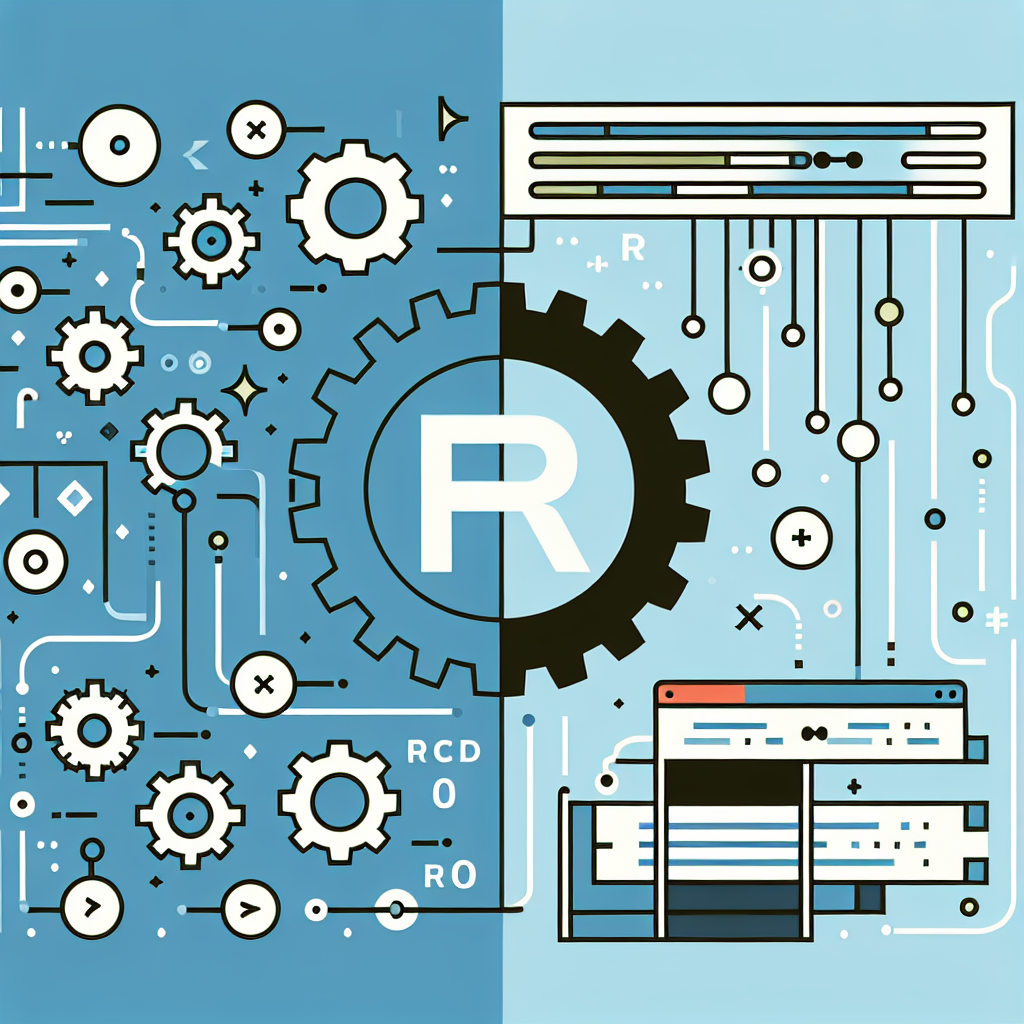Convert R Code to Assembly: Efficient Tool Guide
Unlock the power of your code with our R to Assembly Language tool. Easily convert R scripts to efficient assembly code for optimized performance.
Source Code
Converted Code
Output will appear here...
The R to Assembly Language tool seamlessly converts R code into highly efficient assembly language, optimizing performance for data-intensive applications. Ideal for developers and data scientists, this tool enhances computational speed and resource management. Leverage its capabilities to streamline complex algorithms and unlock deeper insights from your data analysis projects.

R to Assembly Language Conversion Tool Link to this section #
Efficiently transform R code into assembly language with our specialized conversion tool, designed for developers seeking enhanced performance and deeper control over their programming. Assembly language offers fine-grained control over the system's hardware, making it ideal for optimizing computationally intensive tasks initially scripted in R.
Key Features Link to this section #
- Automatic Conversion: Seamlessly translate R functions into assembly language with minimal manual intervention.
- Optimization: Leverages compiler optimizations to enhance the efficiency of the output assembly code.
- Customizable Settings: Adjust settings to tailor the assembly output according to specific hardware requirements.
Benefits Link to this section #
- Performance Gains: Achieve faster execution times by converting high-level R code into low-level assembly instructions.
- Enhanced Control: Gain deeper insights into program execution and optimize hardware utilization.
- Educational Value: Ideal for learning the intricacies of both R and assembly language, offering a dual perspective on programming.
Usage Example Link to this section #
Convert a simple R function into assembly language:
# R code
square <- function(x) {
return(x * x)
}
After conversion, the equivalent assembly might look like:
mov eax, [x]
imul eax, eax
mov [result], eax
How It Works Link to this section #
- Input R Code: Paste your R code into the tool.
- Select Target Architecture: Choose the desired CPU architecture (e.g., x86, ARM).
- Convert: Initiate the conversion process to generate the assembly code.
Resources Link to this section #
- Explore R's Comprehensive Archive Network (CRAN) for R documentation and libraries.
- Learn more about assembly language principles to understand the generated code better.
This tool bridges the gap between high-level data manipulation in R and low-level system programming, providing a comprehensive solution for developers seeking to maximize their application performance.
Frequently Asked Questions
How can I convert R code to assembly language?
Converting R code directly to assembly language is not straightforward since R is a high-level language and assembly is low-level. Typically, R code is compiled down to machine code via an interpreter or JIT compiler, which is not directly translatable to assembly. Advanced users can use profiling tools and compilers that offer intermediate representations, which might provide insights closer to assembly.
Why would someone want to convert R code to assembly language?
Converting R code to assembly language might be desired for performance optimization, debugging at a low level, or educational purposes to understand how high-level code translates into machine instructions. However, this process is complex and usually requires a deep understanding of both R and the target machine's architecture.
Are there any tools available to assist in translating R to assembly language?
There are no direct tools to convert R to assembly language. However, tools like GNU Debugger (GDB) can be used to analyze the compiled code at the assembly level. Additionally, some R environments allow the inspection of bytecode, which can provide insights into how code is executed, though this is not the same as assembly language.